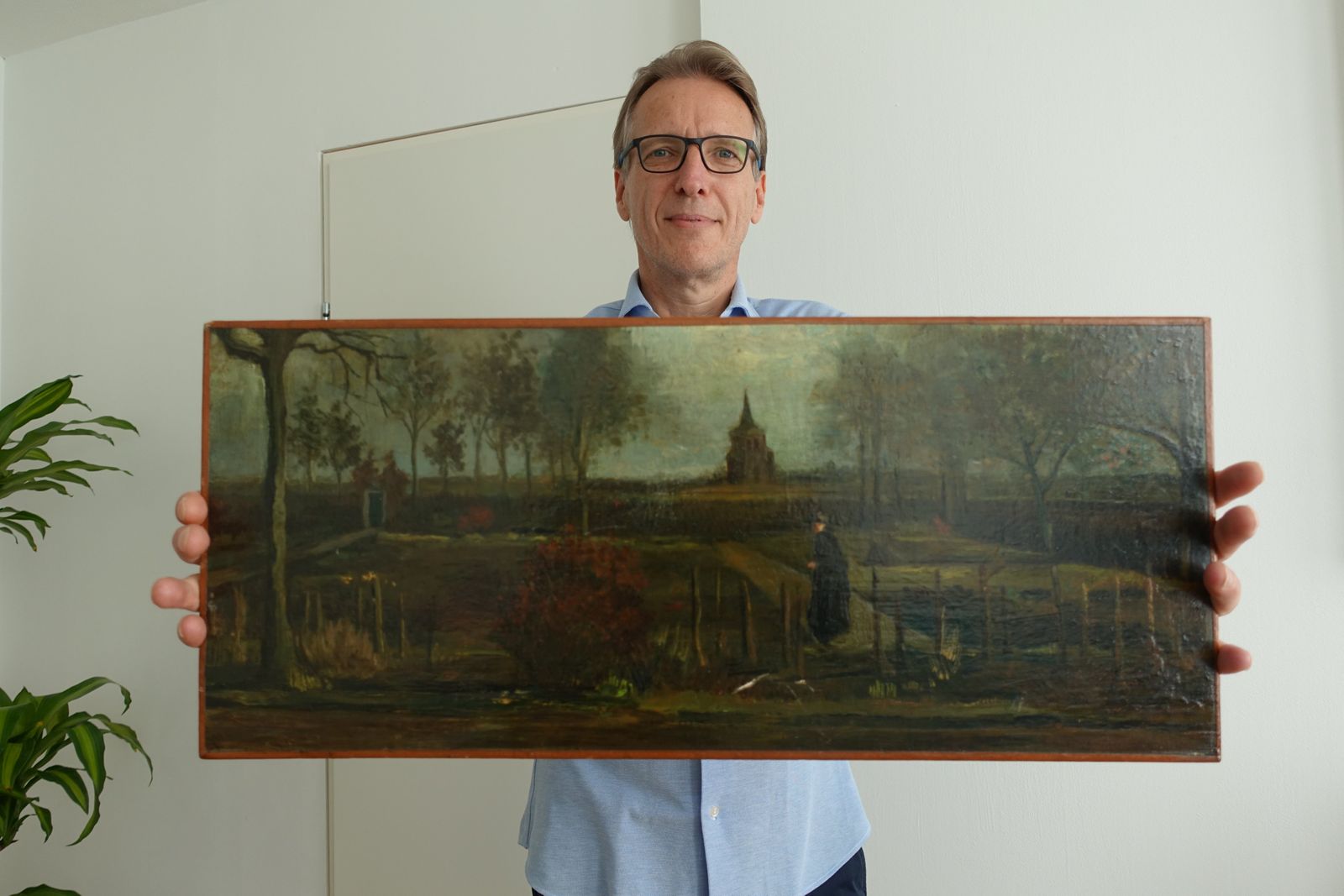I'd like to see more of the WWII lost art returned, too.
I have mixed feelings about "looted" art. A vast amount of the art in the world's great museums was looted in one way or another. The Spanish, the English, the French, the Americans, the Romans, the Greeks, the Turks, the Russians, the Italians, etc... all stole numerous works of Art over the centuries. One can argue that the most famous painting in the world was stolen. Leonardo took the Mona Lisa with him when he moved to France in spite of the fact that the painting had been commissioned and paid for. I am more concerned that works of Art remain housed in institutions where they are well taken care of and where the populace has access to them. Too many times, it seems, works of Art that have been deemed improperly seized are returned to grandchildren of the original owners only to be put up immediately on the auction block and snatched up by some billionaire and locked away from public view.
Or they are returned to their country of origin, only to disappear or be destroyed in the next civil war, or even just be neglected to death by careless governments that used the whole issue for propaganda, without actually genuinely caring about the art.
Here in my neck of the woods, the current government inherited a huge amount of public art from the apartheid government, and it is getting damaged and destroyed on a large scale.
Here's one partial solution: Church Square in Pretoria is famous for the statue of Paul Kruger.
But the square is not the orderly place it used to be, and the current government not sympathetic to such works from the olden days, so it is likely just a question of time before Uncle Paul is going to be stolen and sold as scrap metal. Recently one of those bronze plaques got stolen, and was luckily found again.
Now I see in the news that the Afrikaner cultural town of Orania is going to have the entire thing 3D-scanned, and then have an exact replica cast to put up in their town. At least with metal sculptures this is a good conservation option; you can have a pretty much identical replica made, so the information remains intact. Same thing can be done with the Benin bronzes, for example, before they are returned to Africa.
In a general sort of way I would suggest that for all such contentious art, museums where it is currently housed should make such high resolution scans. Considering these museums are generally publicly funded, such scans should ideally actually be available to the public online, for free. The same goes, for that matter, for publicly funded scientific research, which currently often languishes behind paywalls in journals.


